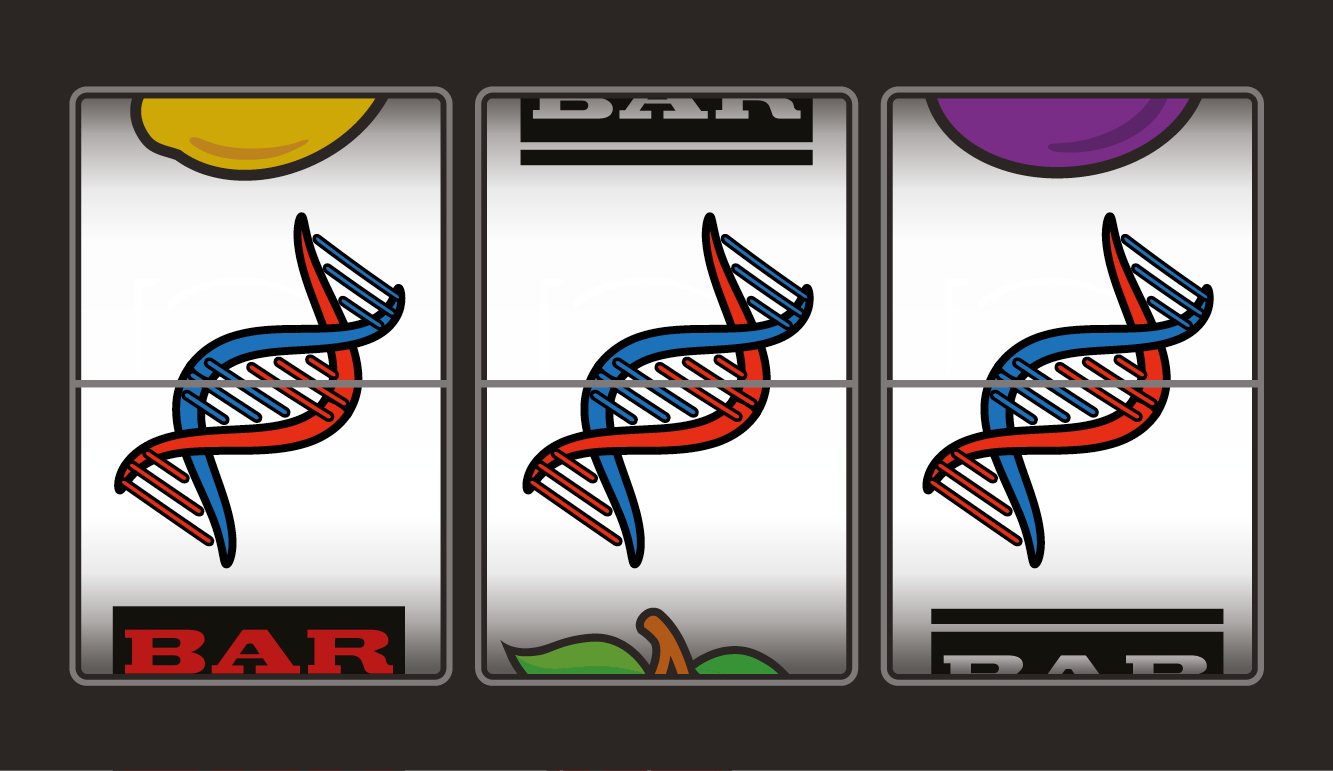
One hit can lead to another
Deoxyribonucleic acid – DNA – serves as a matchmaker in law enforcement. Cybercriminals leave traces in the form of IP addresses. But what about burglars? They leave DNA. This was also what happened in the following, at first seemingly routine case.
Austrian police arrested a man from Moldova. His crime? Burglaries. Into stores, community centres and clubhouses. The damage: huge.
After the arrest, fingerprints were taken. Austrian police sent the prints to other police agencies via Europol. The goal? To clarify whether the suspect was also active in other countries.
fedpol also ran the fingerprints through the AFIS fingerprint database, but found no hits. The case was shelved.
Catching criminals is in our DNA
The comparison of fingerprints for law enforcement purposes is a time-honoured tool for identifying the person who left the print, and, in the best of cases, the perpetrator. This is possible because the papillary ridges on hands and fingers are unique. In Switzerland, fingerprints are run through fedpol’s Automated Fingerprint Identification System (AFIS). When fingerprints of anyone suspected of committing a crime match fingerprint traces from a crime scene, this is called a hit or a match. This is how the person who left the print can be identified.
The fedpol specialist had a hesitation, and took a closer look at the case. The criminal had operated in the Tyrol – not too far from Switzerland.
To be on the safe side, fedpol obtained the suspect’s DNA and ran it through the CODIS-System (Combined DNA Index System) to compare it with Swiss DNA profiles.
Jackpot! 1…2…3…4…5 hits!
One thing is certain: The suspect left DNA traces at five crime scenes in various Swiss cantons.
From here on, the cantonal police took over.
First, the case shows that criminals operate across borders. We need to think and act in a networked way. The goal of national and international information exchange with partner authorities is clear: having the right information, at the right time, in the right place.
Second, investigative work with DNA and fingerprints is an important tool in law enforcement. The two methods can be used complementarily and deliver bulletproof results (see article on figures).
Third, fedpol’s experts think outside of the box, recognise interrelations and do a great job to crack cases like this one. They are essential.
The head of the Federal Department of Justice and Police took the work with DNA in law enforcement one step further in pushing ahead with the revision of the DNA Profiling Act. In 2021, the revision was approved by Parliament, enshrining DNA phenotyping in law. This is a political success, since in-depth DNA analyses will lead to greater success in solving crimes. While today the police only use DNA analysis to determine the sex of a crime suspect, tomorrow it will also be possible to determine skin, hair and eye colour, age and biogeographical origin. More information will lead to more hits!